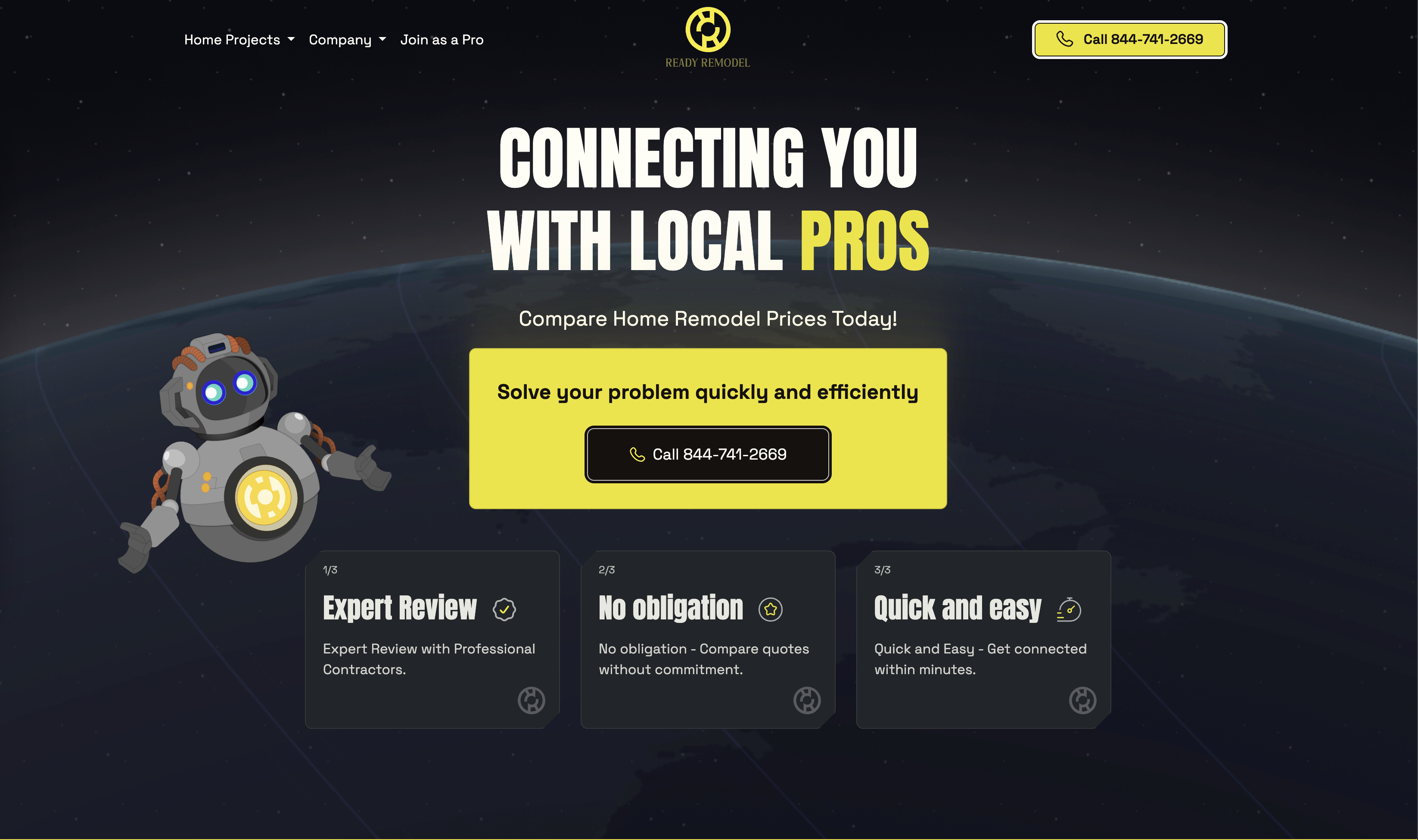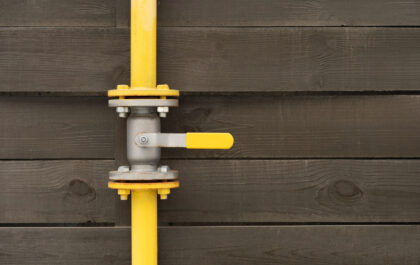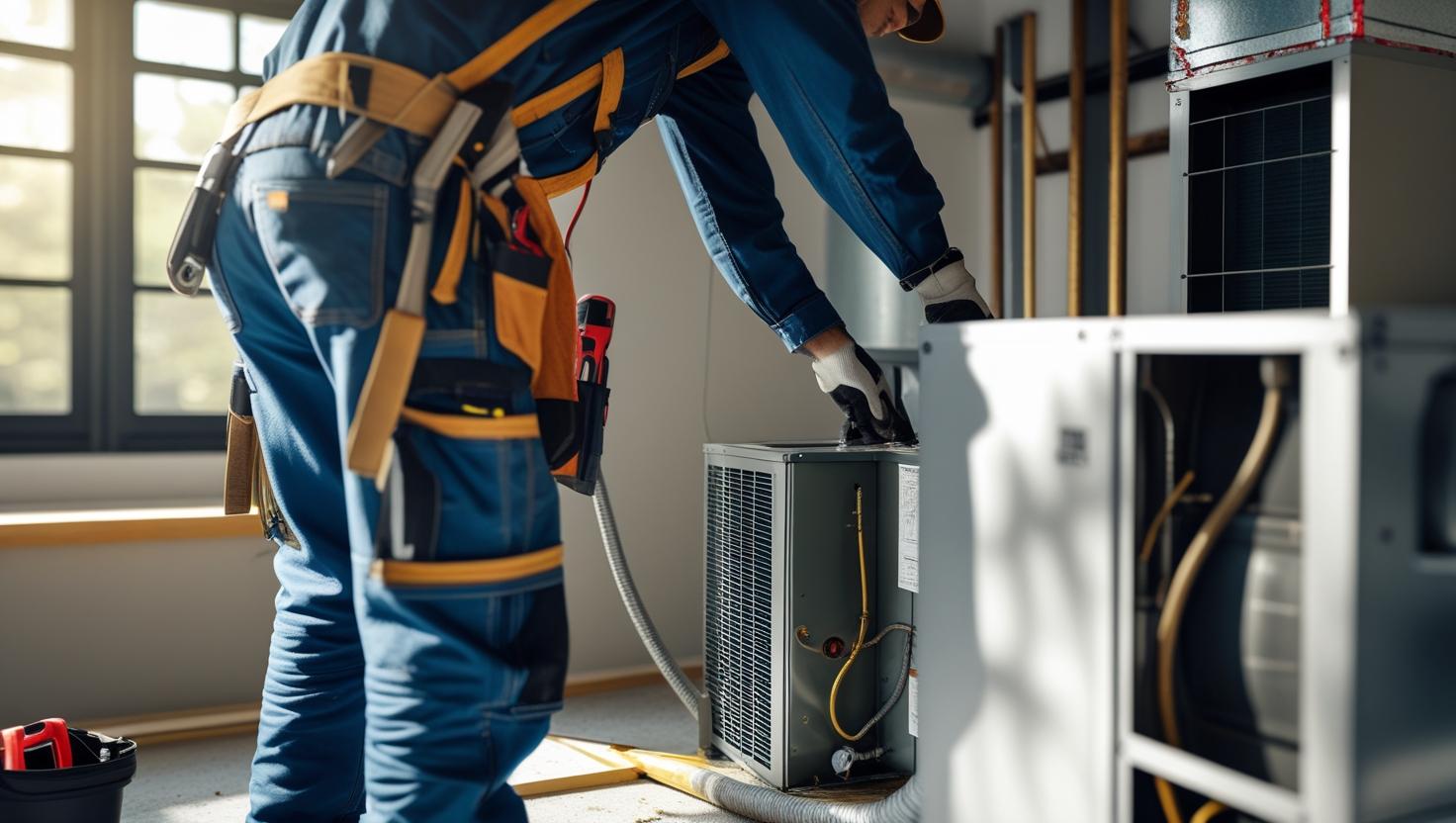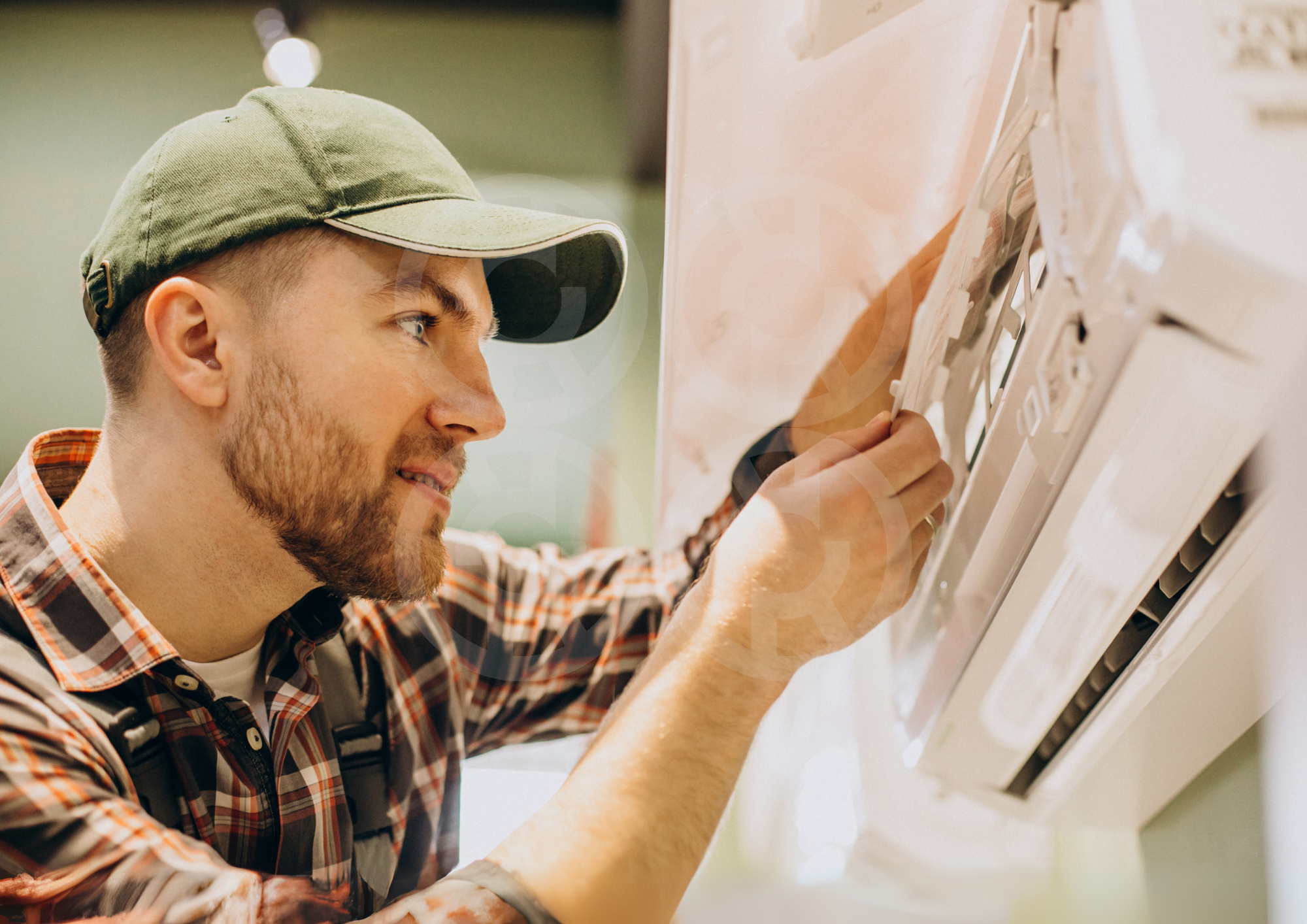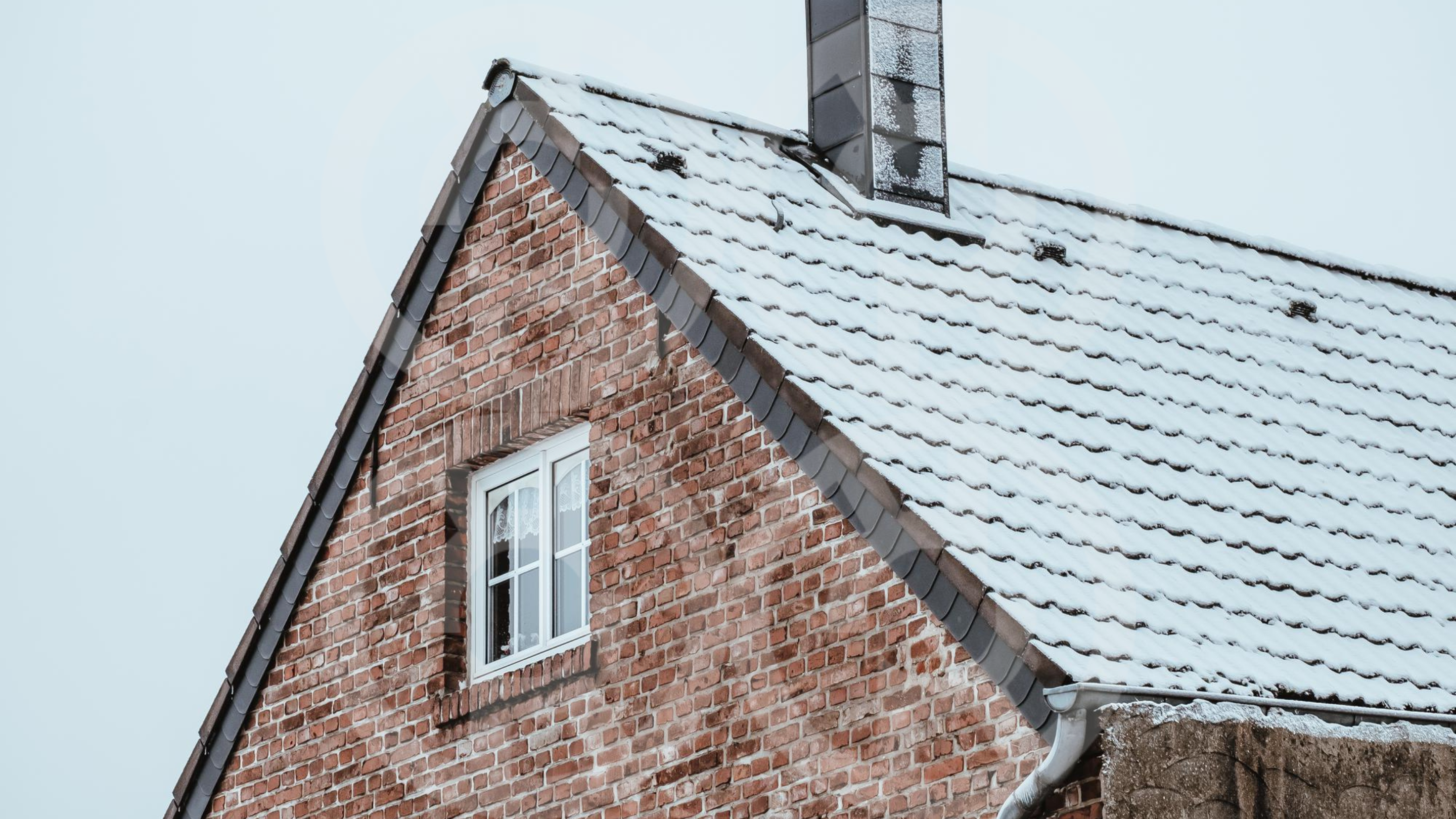1. What in the World Is Category 3 Water Damage? (Spoiler: It’s Not Just a Little Drip!)
When you hear the words “water damage,” you might imagine a leaky faucet or a spilled glass of water. But category 3 water damage? Oh, it’s a whole different beast. Nicknamed “black water,” this is the heavyweight champion of water disasters. It’s water that comes from seriously unsanitary sources – think sewer backups, flooded toilets, or rising floodwaters from rivers and streams. Yikes!
You might be asking, “What makes category 3 water damage so scary?” Well, to put it politely, it’s loaded with contaminants – bacteria, viruses, chemicals, and who-knows-what-else. In short, it’s not the kind of water you want to dip your toes into – or even look at without rubber boots and a face mask.
So, if you ever spot black water creeping through your home, don’t panic. But don’t grab your mop and bucket just yet! Instead, let’s embark on a journey to understand this soggy villain and, more importantly, how you can conquer it with a smile (and maybe some gloves).
2. The Science of Soggy: What Makes Black Water So “Black”?
Let’s break it down: category 3 water damage is categorized by the Institute of Inspection Cleaning and Restoration Certification (IICRC) as water that’s “grossly contaminated.” Translation? This isn’t rainwater or a broken water line; we’re talking about water that’s been places you’d rather not think about.
This stuff can contain viruses, bacteria, chemicals, and fecal matter. Yes, you read that right – fecal matter. Suddenly that spilled glass of water sounds delightful, doesn’t it? Black water can come from outside flooding, sewage backups, or even a washing machine gone rogue. No matter the source, it brings with it a host of health hazards that make cleaning up a real adventure.
But don’t worry! Science isn’t all scary. Understanding what you’re dealing with is the first step to staying safe and getting your home back to its sparkling self
What You Need to Know About Water Damage Categories
3. The Not-So-Funny Consequences: Why Category 3 Water Damage Is a Big Deal
We know, we know – nobody wants to talk about bacteria, viruses, or…other unmentionables. But ignoring category 3 water damage is like ignoring a raccoon in your attic: it’s not going to just go away (and it might throw a party for its friends).
The health risks are real. Exposure to black water can lead to infections, respiratory issues, and even serious diseases. Plus, it causes structural damage to your home – think ruined floors, disintegrating drywall, and the kind of smells you’ll never forget.
And let’s not forget the emotional toll. Coming home to a waterlogged living room is enough to make anyone want to run away to a dry, desert island. But take heart: tackling black water damage is possible, especially when you have the right help on your side.
4. Common Causes of Category 3 Water Damage (And How to Spot Them Before They Strike!)
If you think black water is just an occasional menace, think again. It can sneak in from several sources, each sneakier than the last. Here are the usual suspects:
- Sewage backups: When the sewer line gets blocked, everything backs up – and we mean everything.
- Floodwaters: Floods from storms or rising rivers are a classic culprit.
- Overflowing toilets: Sometimes, your toilet just has a mind of its own (and it’s not a good one).
How do you spot the warning signs? Watch for slow drains, bubbling toilets, or that mysterious “swamp” smell. And if you’re in a flood-prone area, keep a weather eye on the sky and your local news. Being proactive is the best way to keep your home high and dry.
5. The Do’s and Don’ts of Black Water Damage: Channel Your Inner Superhero (Or at Least Avoid Being a Sidekick)
Now that you know what you’re up against, it’s time for some action steps. Here’s what to do (and definitely not do) if black water invades your turf:
- DO: Evacuate the area and keep kids and pets far away.
- DO: Call a professional restoration company as soon as possible.
- DO: Document the damage for your insurance claim – photos and videos are your new best friends.
But don’t get carried away:
- DON’T: Try to clean it up yourself. Trust us, this isn’t a DIY moment.
- DON’T: Touch anything the water has contaminated.
- DON’T: Ignore the problem and hope it dries out. (Spoiler: it won’t.)
6. The Restoration Process: What to Expect When You’re Expecting…a Cleanup Crew
So, you’ve called in the pros. Now what? Here’s how the category 3 water damage restoration process usually goes:
First, the team (think of them as your water-fighting superheroes) will assess the damage and develop a plan. Next, they’ll remove the nasty water using industrial pumps and vacuums. Then, it’s time to tear out anything that can’t be saved – carpets, drywall, maybe even some furniture. It’s a little heartbreaking, but necessary.
Once the contaminated materials are gone, the crew will clean, disinfect, and dry out the area using high-tech equipment. It’s a multi-step process, but it’s the only way to make sure your home is truly safe and sound. And don’t worry – they’ll walk you through every step, with a smile (and maybe a few horror stories).
7. Mold: The Uninvited Guest That Never Brings a Gift
If you thought black water was bad, meet its sneaky sidekick: mold. This little fungus loves damp, dark places – like the ones left behind by category 3 water damage. And mold doesn’t just look gross; it can cause respiratory issues and allergic reactions faster than you can say “spore.”
The good news? Professional restoration teams know how to banish mold before it takes hold. They’ll use industrial fans, dehumidifiers, and antimicrobial treatments to make sure every last spore is history. So, when you see them in action, you can rest easy knowing even the tiniest troublemakers are getting evicted.
8. How to Prevent Category 3 Water Damage (Because an Ounce of Prevention Is Worth a Gallon of Cleanup)
Wouldn’t it be great if you could keep black water damage from ever happening? While you can’t control the weather – or your neighbor’s questionable plumbing choices – you can take a few smart steps:
- Regularly maintain your plumbing: Check for leaks, clogs, and slow drains.
- Install backflow preventers: These handy devices keep sewage from backing up into your home.
- Seal cracks and gaps: Waterproof your basement and foundation to keep floodwaters at bay.
And remember, an emergency plan is your best friend. Know where your shut-off valves are, keep emergency numbers handy, and have a go-bag ready just in case. It’s not paranoid – it’s prepared!
9. Ready Remodel to the Rescue: How We Connect You with the Pros in Under 30 Seconds
Let’s face it: when disaster strikes, you don’t want to spend hours on hold, waiting for help. That’s where Ready Remodel comes in! Our mission? To connect homeowners like you with reliable local contractors in under 30 seconds – via email, phone, or text.
Need a trustworthy water damage restoration expert? Just tell us what you need, and we’ll match you with a local pro who specializes in category 3 water damage, mold remediation, and everything in between. Compare prices, read reviews, and schedule a no-obligation consultation – all in record time.
No more guessing, no more stressing. Just quick, high-quality help from contractors who know their stuff. Because when it comes to black water, you want the best on your team.
10. Don’t Panic – You’ve Got This! (And We’ve Got Your Back)
Category 3 water damage may sound like a nightmare, but with the right information – and the right team – you can tackle it head-on. Remember: stay safe, call the professionals, and let Ready Remodel do the heavy lifting when it comes to finding the perfect contractor.
We believe that every homeowner deserves peace of mind, even when the world gets a little soggy. So keep our tips in mind, bookmark Ready Remodel, and remember: you’re never alone when disaster strikes!
11. Frequently Asked Questions About Category 3 Water Damage (Because Curiosity Didn’t Kill the Homeowner!)
How fast should I act after discovering black water?
Is category 3 water damage covered by insurance?
Can I stay in my home during cleanup?
12. When Life Gives You Black Water, Call Ready Remodel!
Nobody ever wakes up excited to deal with category 3 water damage. But with a little knowledge, a dash of humor, and a speedy connection to the right professionals, you can get through anything. Ready Remodel is here to make the process as painless (and speedy) as possible.
So next time life throws a black water curveball your way, remember: take a deep breath, call in the pros, and let Ready Remodel handle the matchmaking. Your home – and your sanity – will thank you.

